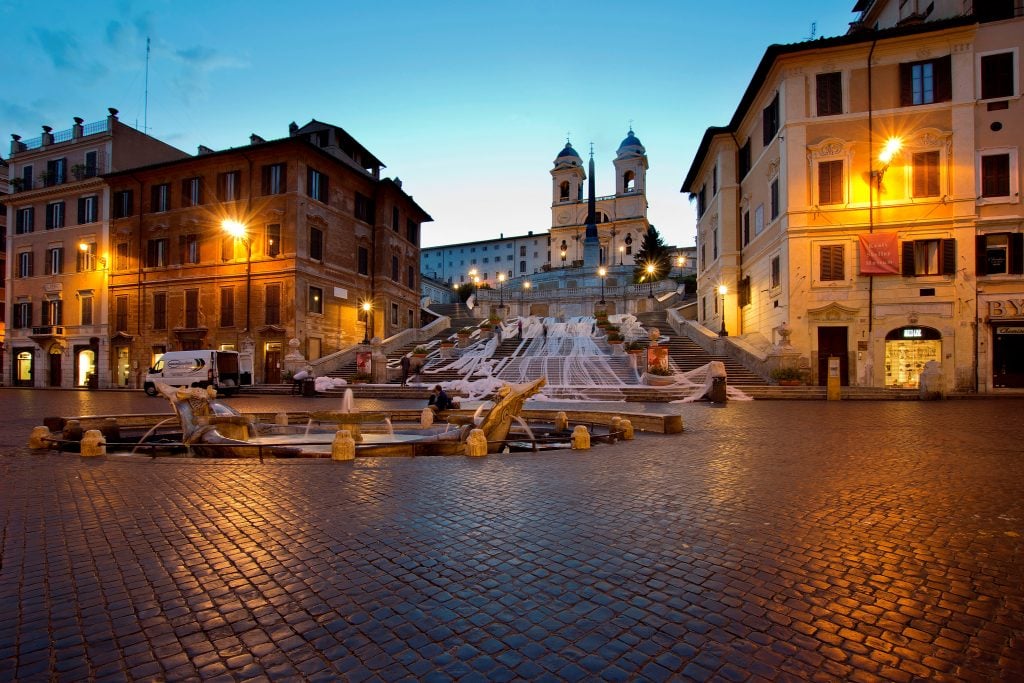Art World
Paolo Bulgari Proposes Restricted Use of Spanish Steps in Rome
The push for a nighttime ban and sitting fee is controversial.

The push for a nighttime ban and sitting fee is controversial.

Caroline Elbaor

The iconic Spanish Steps in Rome, Italy—which have been used for centuries as a meeting point, passageway, or simple place of rest for tired feet—are now the center of controversy after a proposal was made to ban use of the steps at night, charge a fee to sit, and install a fence or Plexiglass barrier to protect the monument.
After financing a year-long restoration that cost a reported $1.6 million, Paolo Bulgari, president of the Italian luxury company, is now calling for restricted access to prevent “barbarians” from ruining the steps and making them into a “bivouac.”
“Restorers have done a great and difficult job,” he told La Repubblica. “The steps were coated with anything from coffee, wine, chewing gum.”
According to the Art Newspaper, art historian Vittorio Sgarbi recommended a symbolic fee of one or two euros to sit on the steps at “this sacred space.”
Worry about the monument’s fate was heightened after a 2015 incident, in which Dutch soccer fans damaged the Fontana della Barcaccia, the fountain designed by the Baroque master Bernini which sits at the steps’ entrance.
Critics, however, have voiced heated opposition. Curator and architecture critic Emilia Giorgi said, “The city is not a painting or a sculpture—it is a place to live for all. The most important quality of the Italian city is precisely this idea of public space and sharing.”
“Architecture, and even more so, Roman architecture, is historically designed for people. Without them, it becomes an object in a vitrine and this process of museification that awaits us is dangerous,” she continued.
At the moment, the Spanish Steps remain open to the public with no fee, but the new mayor of Rome, Virginia Raggi, has imposed a food ban and placed heightened security around them.